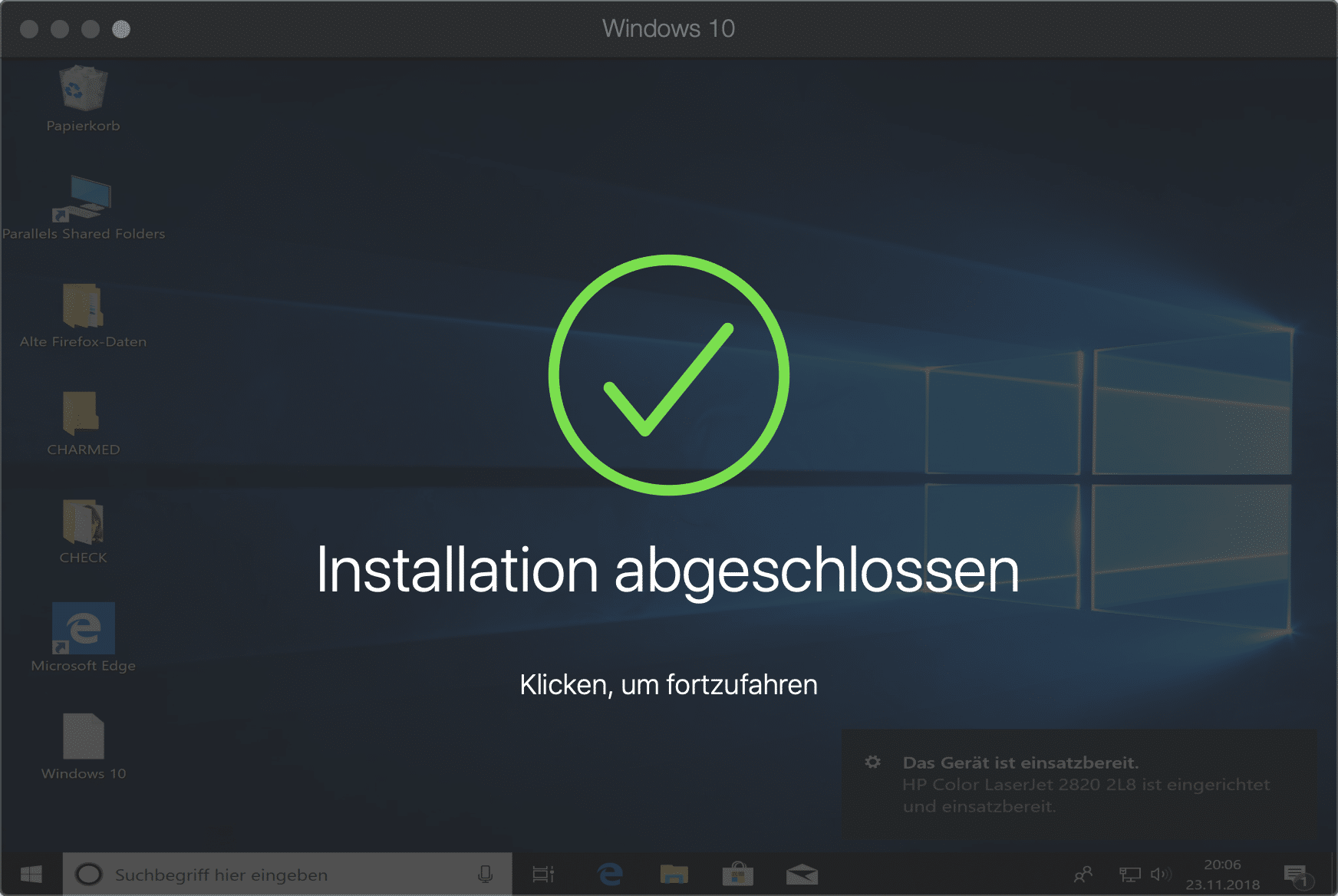

It can run macOS and OS X from many years ago, all regular editions of Windows, and almost any Linux distro you might care for. Parallels and VMware have still had their advantages, though, in providing support for important features like Metal-accelerated graphics and giving full access to host facilities.īecause so many operating systems run on Intel processors, virtualisation on Intel Macs has had many advantages. This makes it much simpler to create an app which can, for example, run Mojave on an Intel Mac running Monterey. Since Big Sur, on both Intel and M1 Macs, macOS itself has provided excellent support for virtualisation.

What it doesn’t do is convert the instructions in an app, or guest operating system, to run on a different processor architecture: that’s a quite different problem that I’ll return to below. What virtualisation does is provide a host environment which lets you run a different operating system with access to your Mac’s hardware, by running as a layer between the guest operating system and hardware drivers. Operating systems like macOS, Windows and Linux provide layers of access to that hardware to the apps running on them. Here I explain what you can and can’t do.Ĭomputers consist of common types of hardware: CPU cores, storage, displays, and input devices such as a keyboard, mouse and trackpad. This started to change in Big Sur, and is very different when you’re running Ventura on an Apple silicon Mac.

Until recently, virtualising a machine and its guest operating system on a Mac has been complex, and something we’ve turned to Parallels, VMware, or other software to do all the work to run an older version of macOS, Windows or Linux.


 0 kommentar(er)
0 kommentar(er)
